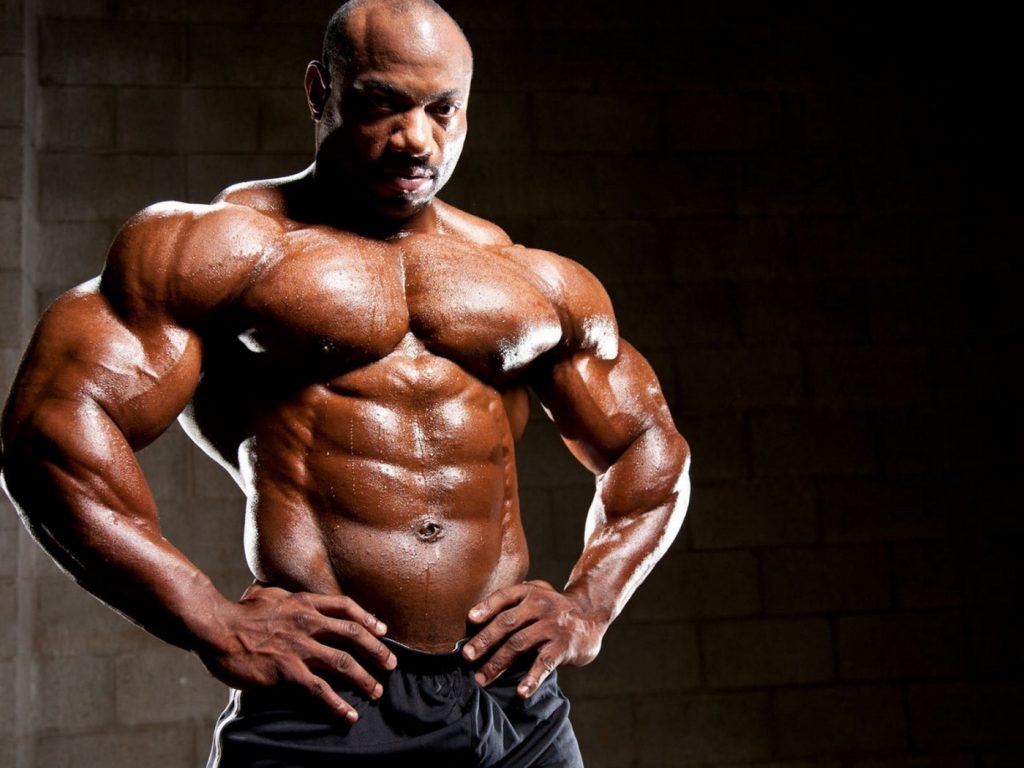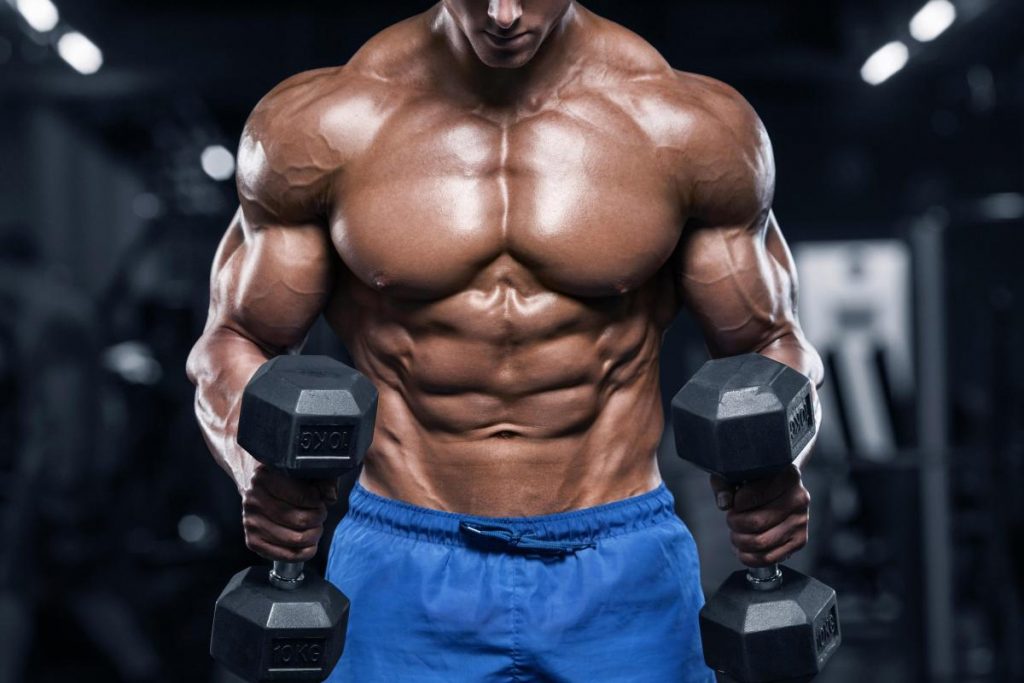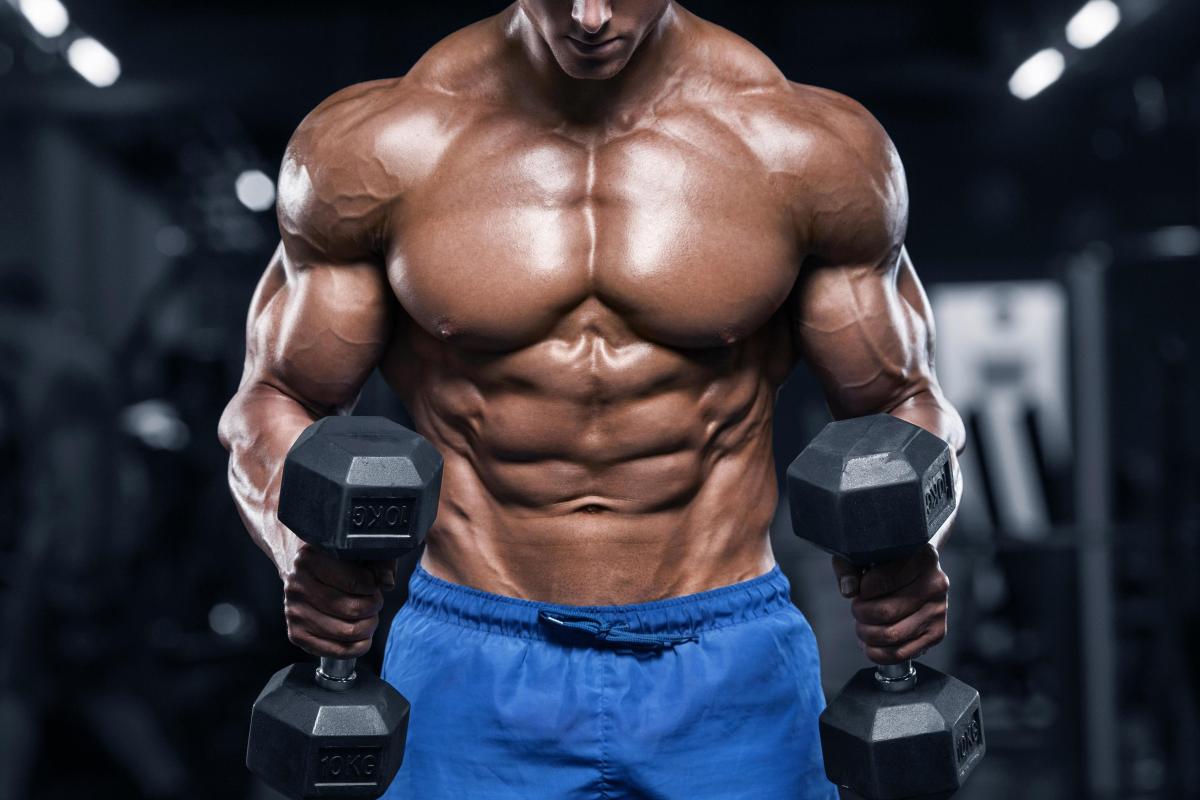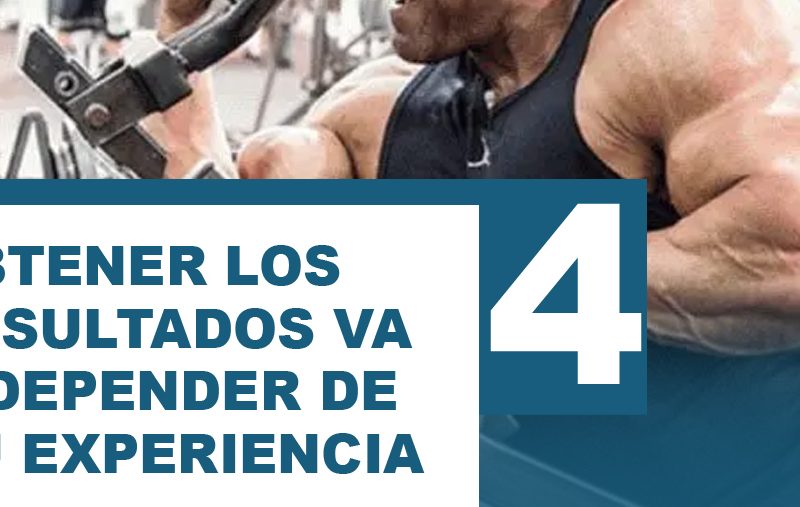In order to analyze the mechanism of induction of muscle fibers and as a consequence of hypertrophy, we need to understand certain principles.
A study of the 80s on this of muscle fibers and hypertrophy, which was conclusive until now; it suggests that muscle hypertrophy induced by weight training (or resistance) may be regulated by different mechanisms depending on the volume and intensity of the exercise.
It is also pointed out that this depends on the distribution of work on the muscle fibers: those of fast contraction, those of slow contraction and different incidences in certain areas of the fibers (1).
Muscular fibers: Types
It is generally accepted throughout the world that there are two different types of muscle fibers : slow-twitch (Type I) and fast-twitch (Type II) muscle fiber. From there, fast-twitch muscle fiber can be subclassified into Type IIa and Type IIb.
Type I muscle fiber
- Type I muscle fibers have the slowest contractile speed, the smallest cross-sectional area, the highest oxidative (aerobic) capacity, and the highest glycolytic (anaerobic) capacity. go down.
- They contract slowly and are able to maintain a steady rhythm contraction for long periods without fatigue.
- These type I fibers are predominantly used in endurance activities: long-distance runners, swimmers and cyclists.
Type II muscle fiber
- The muscle fibers Type IIb have the fastest contractile speed, the largest cross-sectional area, the lowest oxidative capacity, and the highest glycolytic capacity.
- They are ideal for short, fast bursts and are used in activities such as sprinting, powerliting and bodybuilding (in certain exercises).
- Type IIa are intermediate and their properties are between type I and type IIb.

Muscle Fibers: Type I and type II differences
Type I muscle fibers are different from type IIb for many reasons; ideally, you can think of them as opposites. Type I are for long-duration activities, while Type IIb are for short, fast bursts.
- Type I fibers are highly oxidative and are not likely to hypertrophy as much; are known as red fibers due to their abundant blood supply.
- Type IIb fibers are highly glycolytic and tend to hypertrophy more than type I; they have little blood, which makes them clear in appearance and therefore called white fibers.
Muscle Fibers: Recruitment
How does your body recruit muscle fibers ?; well, even the small muscle groups in your body have more than 100,000 muscle fibers.
A motor neuron is one that stimulates your muscles to contract: it carries impulses (messages) from your brain and spinal cord to your muscles. A motor neuron controls between 2 and 2000 muscle fibers .
The motor neuron and the fibers that are stimulated are called the motor unit, and each motor unit contains mainly muscles of its kind. In addition, the motor unit fires with a frequency that favors the fibers it stimulates.
Supplement at the right time using pre, intra and post-workout supplementation
In a nutshell,
- A slow-twitch motor neuron will cause muscles to contract slowly,
- A quick twitch unit will activate quickly.
The faster it shoots, the more energy it produces; So if the activity is light, it will mainly stimulate type I muscle fibers, but when it becomes too intense, it will draw on type IIa muscle fibers. Finally, for higher intensity movements, type IIb fibers will be recruited.
This is why type I fibers are called low threshold and fast type IIb fibers are called high threshold. To take a look at these fibers, you can see them under the microscope.
They are low threshold because they are the first muscle fibers to be recruited and they are high threshold because they are only recruited in the most intense circumstances … your body always activates its muscle fibers in this way …
To be more clear about how things work, we have a video made by our professional coach Rober Castellano in a seminar held in Cádiz
Muscle Fibers : how do they increase?
The most relevant question here is, what determines if a muscle fiber increases in length or diameter? … let’s take a look …
After strength training, the muscles as a whole increase in volume and therefore also in mass. In humans, this occurs largely due to an increase in the volume of individual muscle fibers , rather than an increase in the number of fibers.
Individual fibers can increase in volume by increasing their length or increasing their diameter.
- Length increases occur by adding new sarcomeres in series, which are likely added to the end of existing fibers.
- Diameter increases are produced by adding myofibrils in parallel.
Changes in the shape and structure of the muscle adapt to these increases in size, but … what stimulates a muscle fiber to increase in diameter or length? …
Hypertrophy by mechanical tension
In addition to the mechanisms of muscle damage and metabolic stress, hypertrophy also occurs due to mechanical stress, which must be generated by the muscle fibers themselves.
Here is a section of the sarcomere, which will make you understand the elements that are related to mechanical stress.
When the mechanical stress experienced by a muscle fiber is produced more by passive elements (structural parts of the fiber, including the giant molecule called titin), the fiber seems to increase in volume mainly with increasing length, adding sarcomeres in series .
This effect can be stimulated by titin, detecting the stretching imposed on it, since the fiber deforms longitudinally.
On the contrary, when the mechanical stress experienced by the muscle fiber is produced more by the active elements (actin-myosin cross-bridges), the fiber seems to increase in volume mainly when increasing in diameter, adding myofibrils in parallel.
This effect could be stimulated by the outward bulging of muscle fibers that occurs when actin-myosin cross-bridges form, which deforms the muscle fiber in a transverse direction.
The following graph shows the relationship of the active and passive tension of a muscle section, since the agonist / antagonist muscles are those that work at a certain moment, both to contract and to lengthen.
The contribution of passive and active force to general mechanical stress is determined by the length of the muscle, the mode of contraction and the rate of lengthening.
The length of the muscle
Strength training through exercises that involve larger ranges of motion (ROM) increases the proportion of mechanical stress that comes from passive elements, because structural elements stretch after the fibers reach a certain length.
Contrary to popular belief, full ROM and partial ROM concentric-only strength training causes similar hypertrophy if the same amount of work is performed in both training programs (2).
However, the type of hypertrophy is slightly different after each type of strength training:
- Full ROM training mainly causes hypertrophy by increasing the length of the fascicle.
- Partial ROM training predominantly causes increases in the cross-sectional area of muscle fibers .
The contraction mode
Strength training with elongation (eccentric) contractions increases the proportion of mechanical stress that comes from passive elements, because titin is activated once the fiber begins to elongate and automatically begins to contribute to the production of strength.
Titin contains two elements in series with each other (Ig domains and a PEVK segment), which are separated by a small N2A segment.
- When passively elongated, highly elastic Ig domains increase in length, providing only a small amount of resistance to stretching.
- When actively elongated, N2A binds to thin myofilaments and this limits the amount of change in titin length that can be achieved by elongating Ig domains.
Consequently, the much stiffer PEVK segment must be elongated in place (and can also be rolled over) the thin myofilament, and this provides great passive resistance to stretching, but only in elongation contractions active (eccentric).
Although it was once believed that eccentric-only strength training could produce greater muscle growth than conventional or concentric-only strength training, it is now widely accepted that when programs are adjusted to volume or work, the amount of hypertrophy that occurs after each eccentric and concentric-only strength training is very similar.
Importantly, the latest research shows that while eccentric-only and concentric-only strength training produce similar increases in muscle volume (3):
- Eccentric-only training mainly increases fascicle length.
- Concentric-only training primarily increases the cross-sectional area of the muscle.
The speed of lengthening
Strength training with eccentric contractions can involve different rates of elongation, and since the force-velocity relationship is much flatter in the eccentric phase than in the concentric phase, these rates of elongation do not substantially influence the amount of exerted force.
However, the rate of elongation affects the proportion of force that passive and active elements produce, respectively.
Faster speeds reduce the proportion of mechanical stress that comes from passive elements, because the release rate of actin-myosin cross-bridges is faster, reducing the amount of active force produced.
On the other hand, they increase the proportion of mechanical stress that comes from passive elements, due to the viscoelastic properties of titin and the other structural elements of the muscle fiber that resist elongation.
Consequently according to the scientific conclusion (4):
- Fast and eccentric only strength training produces greater increases in fascicle length than slow and eccentric only strength training.
- Slow, eccentric-only strength training causes greater increases in the cross-sectional area of the muscle.

Conclusions
Muscle fibers increase in volume by increasing their length or by increasing their diameter:
- Increases in length are produced by adding sarcomeres in series.
- Diameter increases are produced by adding myofibrils in parallel.
During strength training, when the mechanical stress experienced by a fiber is produced more by passive elements, the fiber seems to increase in volume mainly by increasing its length.
On the other hand, when the mechanical stress experienced by the fiber is produced in a greater proportion by the active elements, the fiber seems to increase in volume mainly when increasing in diameter.
The contribution of passive and active force to general mechanical stress is produced by increases in the length or diameter of the fibers, which is determined by the length of the muscle, the mode of contraction and the rate of elongation.



